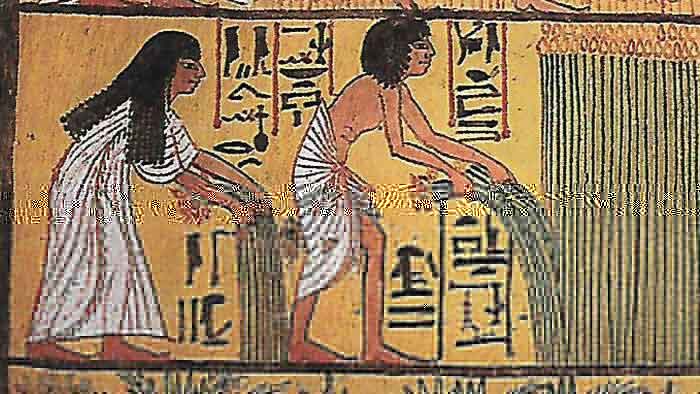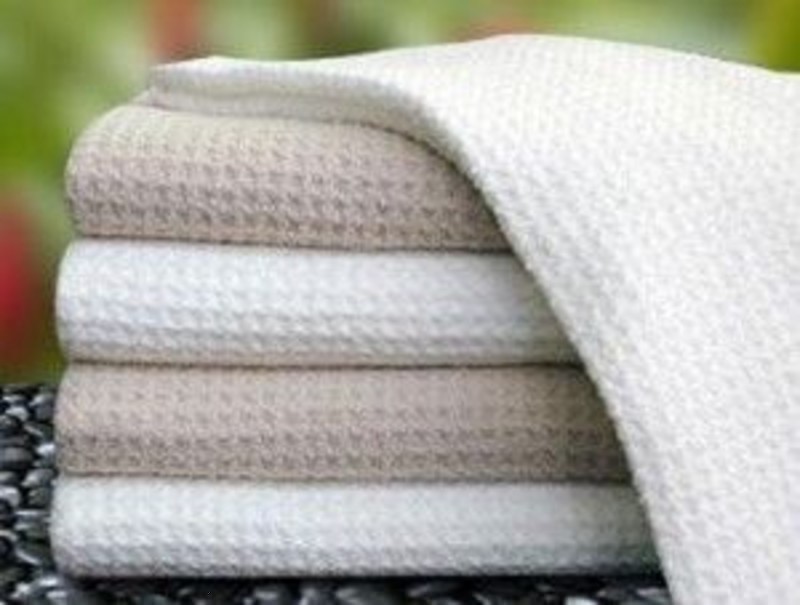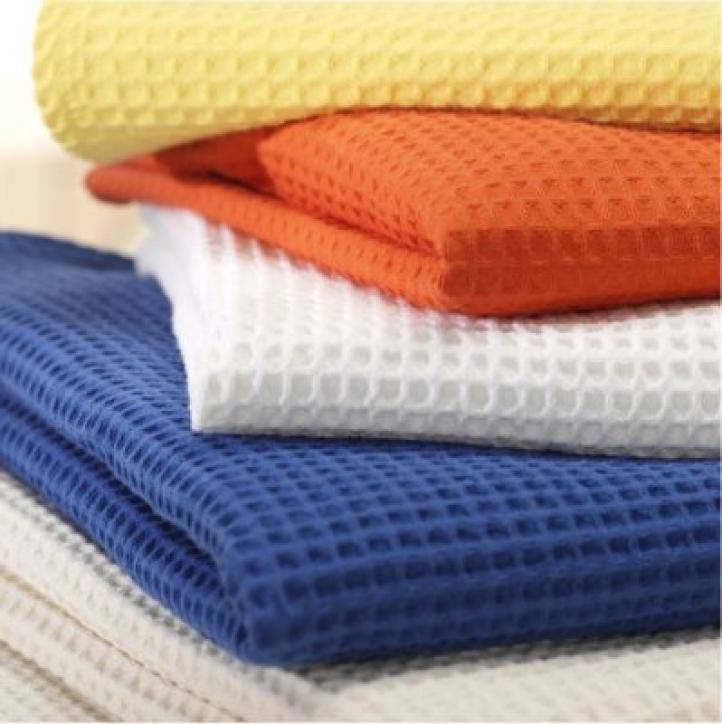Bestsellers
Go to filters
-
 $8.99 $7.00
$8.99 $7.00 -
 $7.99 $6.00
$7.99 $6.00 -
 $5.99 $5.00
$5.99 $5.00 -
 $5.99 $5.00
$5.99 $5.00 -
 $5.99 $5.00
$5.99 $5.00 -
 $599.00 $5.00
$599.00 $5.00 -
 $5.99
$5.99 -
 $6.99 $6.00
$6.99 $6.00 -
 $9.99 $8.00
$9.99 $8.00 -
 $30.99 $20.00
$30.99 $20.00 -
 $15.99 $9.00
$15.99 $9.00 -
 $13.99 $10.00
$13.99 $10.00 -
 $16.99 $14.00
$16.99 $14.00 -
 $13.99 $10.00
$13.99 $10.00 -
 $18.99 $14.00
$18.99 $14.00 -
 $13.99 $8.00
$13.99 $8.00 -
 $15.99 $8.00
$15.99 $8.00 -
 $13.99 $10.00
$13.99 $10.00 -
 $16.99 $13.00
$16.99 $13.00 -
 $33.99 $21.00
$33.99 $21.00 -
 $12.99
$12.99 -
 $6.99
$6.99 -
 $10.99 $7.00
$10.99 $7.00 -
 $7.99 $5.00
$7.99 $5.00 -
 $5.99
$5.99 -
 $5.99
$5.99 -
 $12.99 $7.00
$12.99 $7.00 -
 $8.99 $6.00
$8.99 $6.00 -
 $8.99 $6.00
$8.99 $6.00 -
 $8.99 $6.00
$8.99 $6.00







































